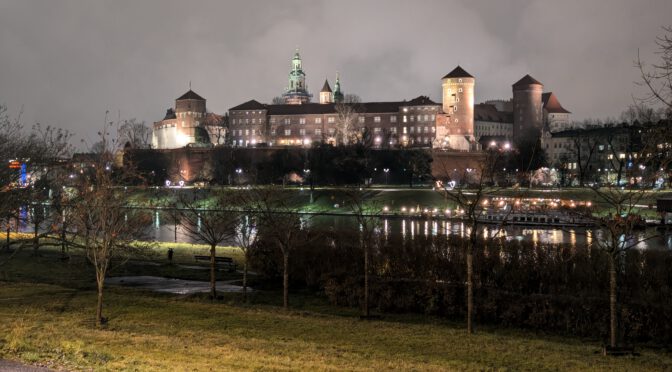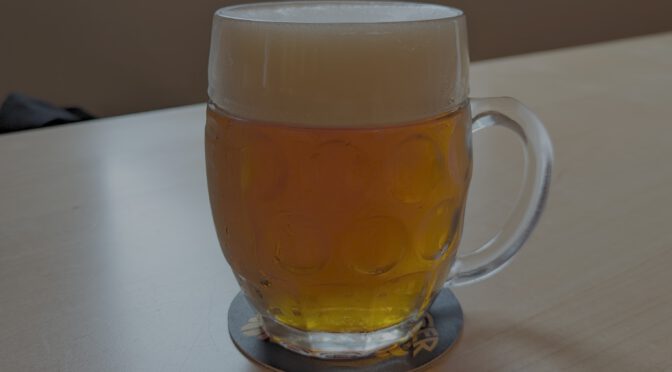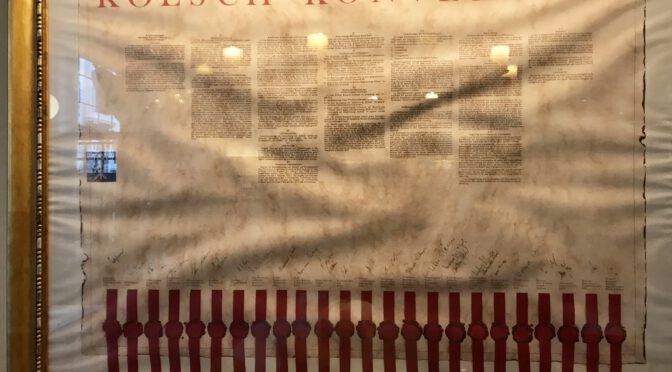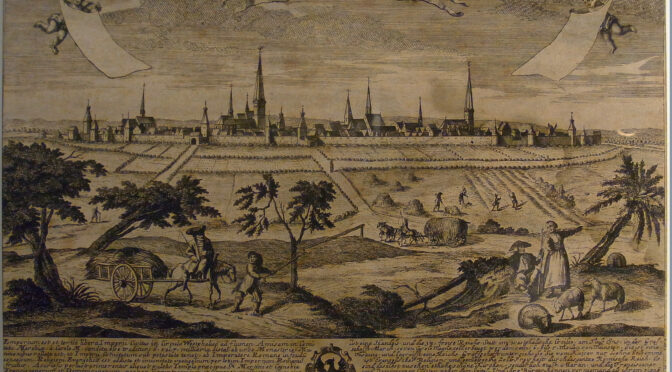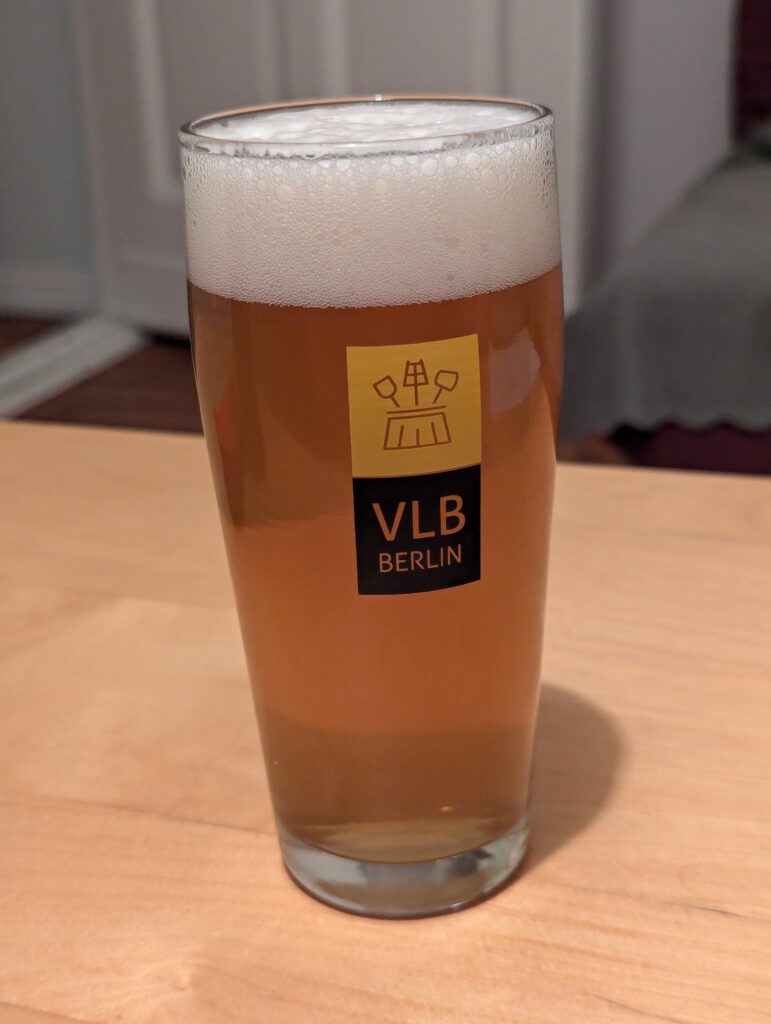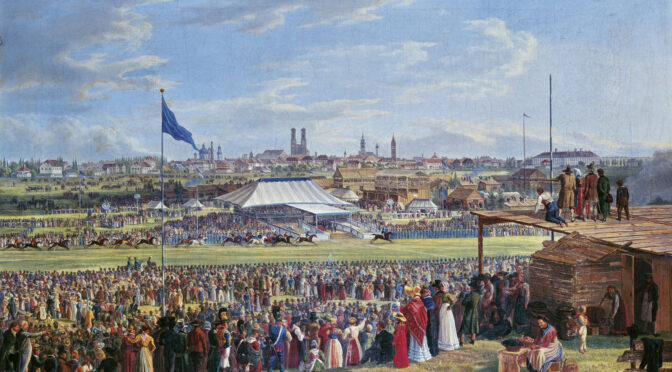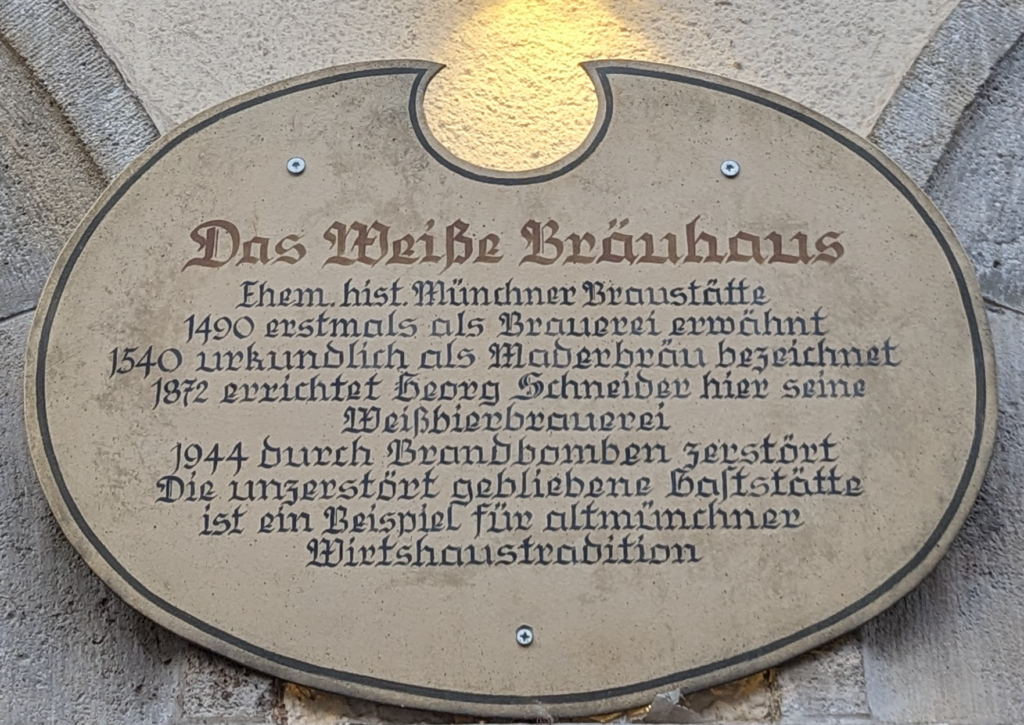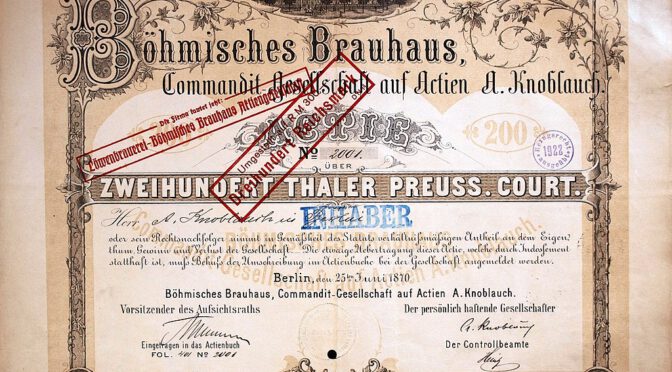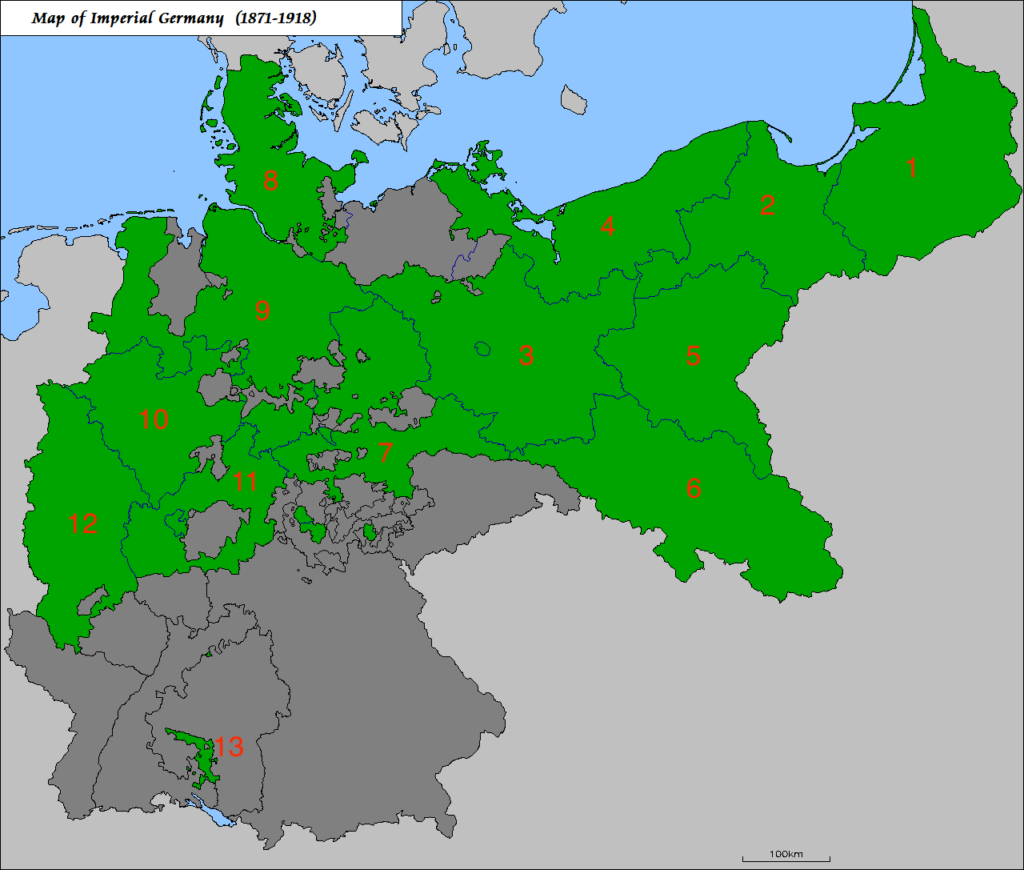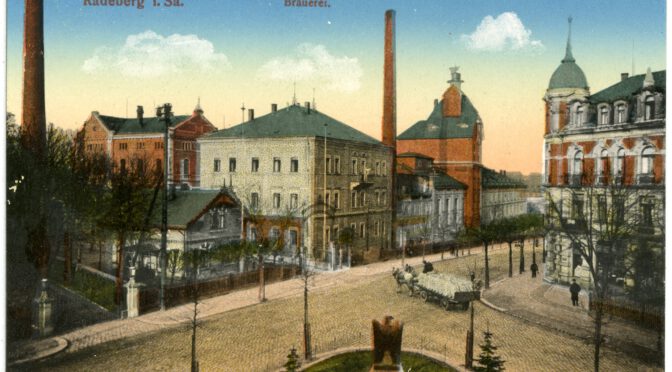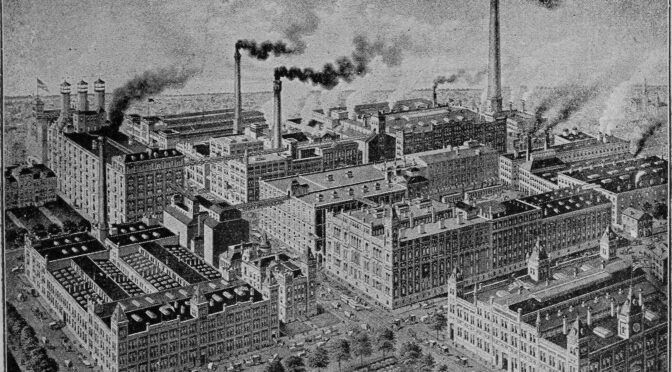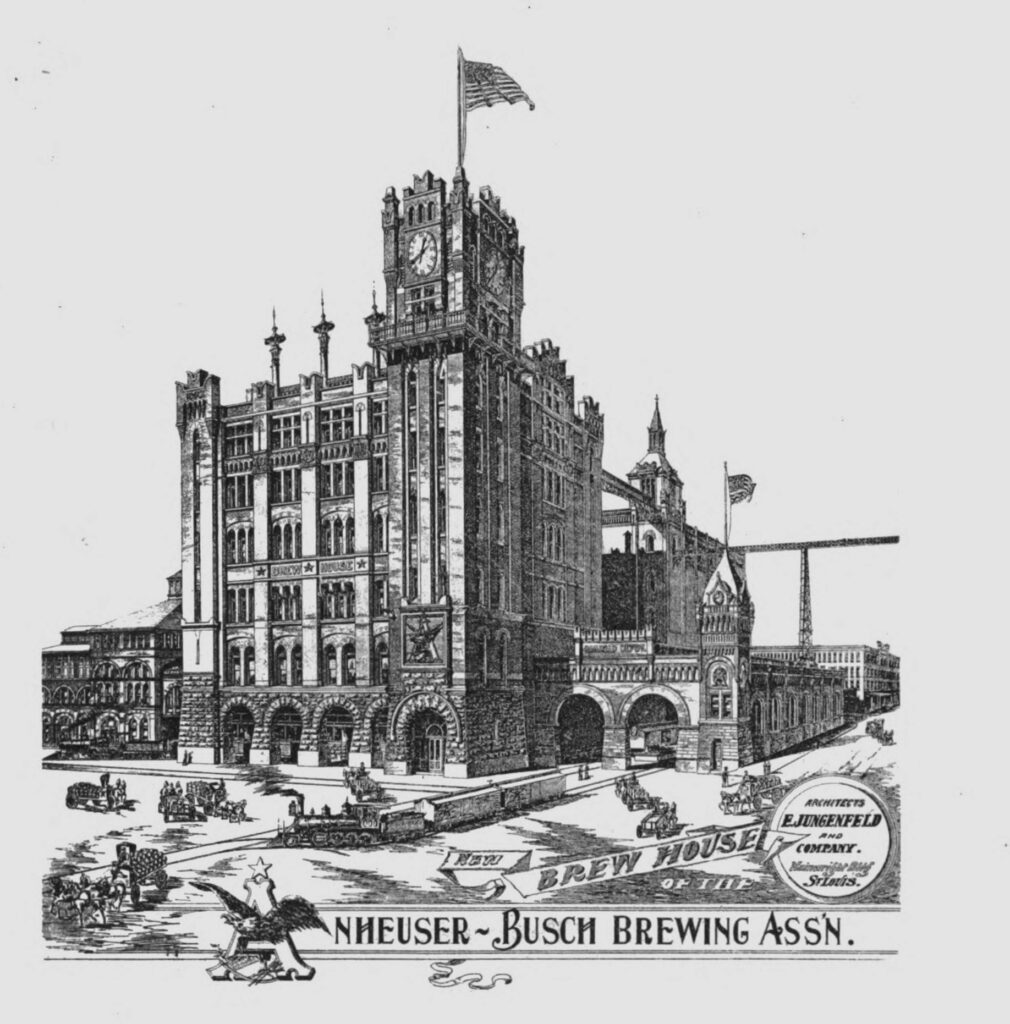Earlier this month, I was invited to speak at the Sympozjum Piwowarów (lit. “Brewers’ Symposium”) in Kraków, Poland, which happened on 10th to 11th December, 2024.
At the Heimbrau Convention in Romrod earlier this year, I met the President of the PSBR, the Polish Association of Craft Breweries, who invited me to talk about the history of Vienna Lager, which I gladly accepted.
The journey from Berlin to Kraków is straightforward, but not exactly fast: a direct train line connects both cities, but it takes about 7 hours in each direction. On the positive side, PKPIC, the Polish train company operating InterCity trains, seem to be operating more reliably and more on time than Deutsche Bahn (DB), and even apologised for slight delays that would still be within DB’s definition of “being on time”.
On the evening before the conference, we attended the party for conference attendants. We didn’t stay too long, but it was great to meet a few people and shake a few hands. The conference venue was Klub STUDIO, a bit outside the city center, in the middle of what seemed like blocks and blocks of student accomodation. One of the great things about it though is that it comes with a brewery, Browar Górniczo-Hutniczy.
On the first day, I watched the talks of Randy Mosher, who spoke about the scientific taste of smell and taste, which was very enlightening. From what I understand, he’s been working on a book about that very topic, which should be out in 2025.

Right after that was Jamie Bogner’s talk about the latest trends in American craft brewing of 2024. Jamie Bogner is the co-founder and editorial director of Craft Beer & Brewing magazine. Of course, a lot of these trends are around IPAs, but these points stood out:
- Hazy DIPAs are less and less consumed on draught, but more in packaged formats.
- Lower ABV versions are more popular.
- Hazy IPAs are branching out into further sub-categories, such as beers driven by Citra/Mosaic or NZ hops.
- Noble hops are increasingly getting integrated into IPAs
- Flowable hop products (flavour extracts) help with reducing loss and increasing intensity.
- Most award-winning West Coast “IPAs” are fermented with W-34/70 these days.
- Crystal malt has seriously fallen out of fashion, as customers want very pale beers (at least when it comes to West Coast IPA).
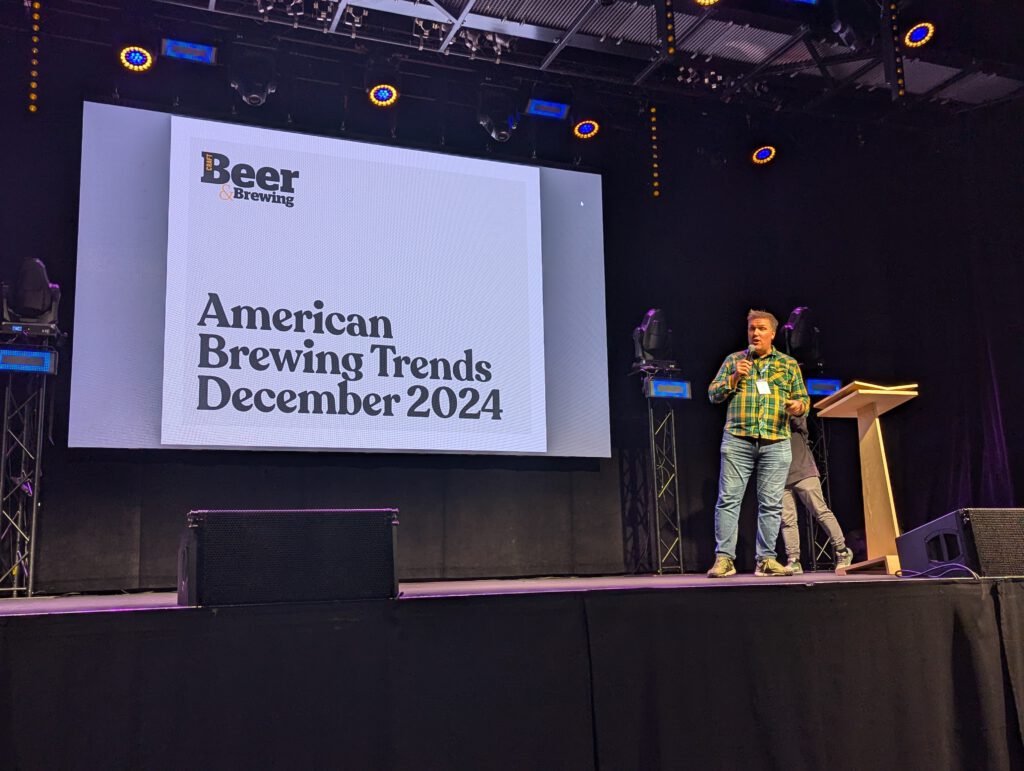
After that talk, we talked to some of the people at the company stands. As the next scheduled talks were all in Polish, we decided to visit the stained glass museum instead, then went to visit the Kraków Christmas market, and finished with a few beers and dinner.
The next day, Martyn Cornell did his presentation on the history of Porter. Martyn said that he hopes that his book on the subject matter should get published at some point in 2025, and after seeing his talk, I’m even more looking forward to it than before.
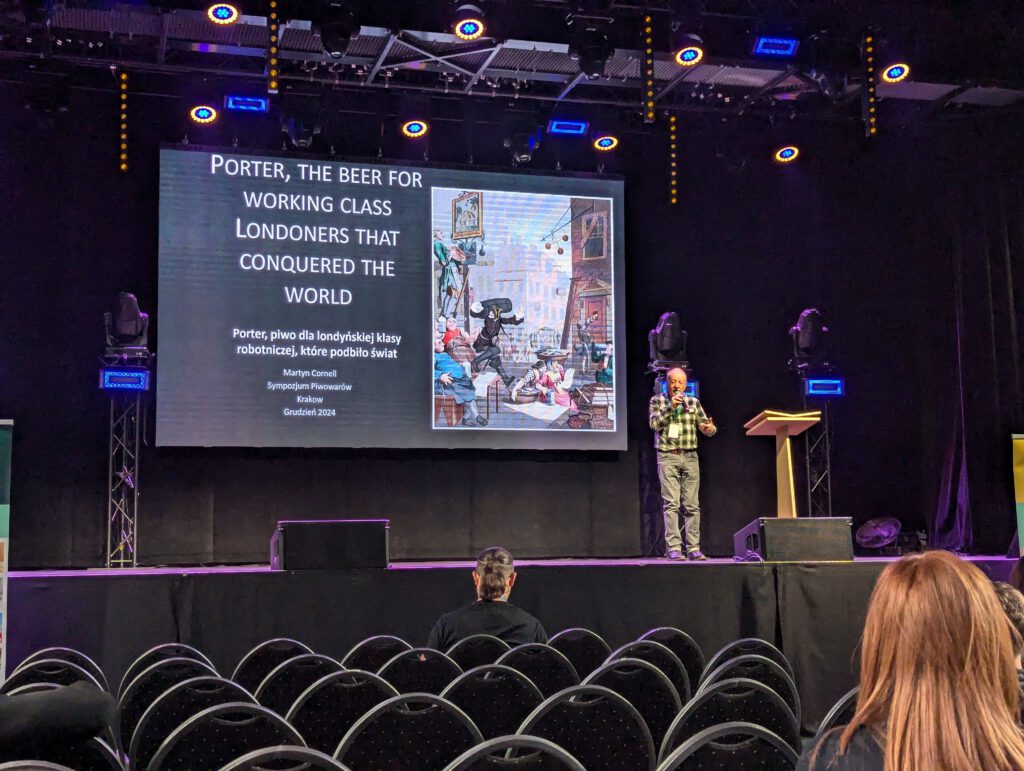
My talk was right after Martyn’s, in which I briefly talked about how Vienna Lager was created, why it went extinct in Austria during World War I, and how it used to be brewed during the 19th century, based on historic sources. I all went okay, except I ran out of time a bit. No matter how well I thought I had prepared the talk and timed it, I still overran because speaking at home apparently is an entirely different thing than speaking on a stage.
Right after my talk, I had to leave quickly as I had an appointment in the National Archives in Kraków to review a few documents that I had ordered. I have yet to fully review the material I’ve taken pictures of, but I’m sure you’ll see a blog post or two in the next few days or weeks about it.
After the visit to the National Archives, we had early dinner (I had my first pierogi at a proper sit-down restaurant) to return to the venue for the Kraft Roku 2024 award ceremony. Kraft Roku (lit. “Craft of the Year”) is Poland’s craft beer competition. Even though we understood very little (Google Translate in camera mode at least helped me understand the text on the big screen), it was still great fun, the Górniczo-Hutniczy beers we had also helped.
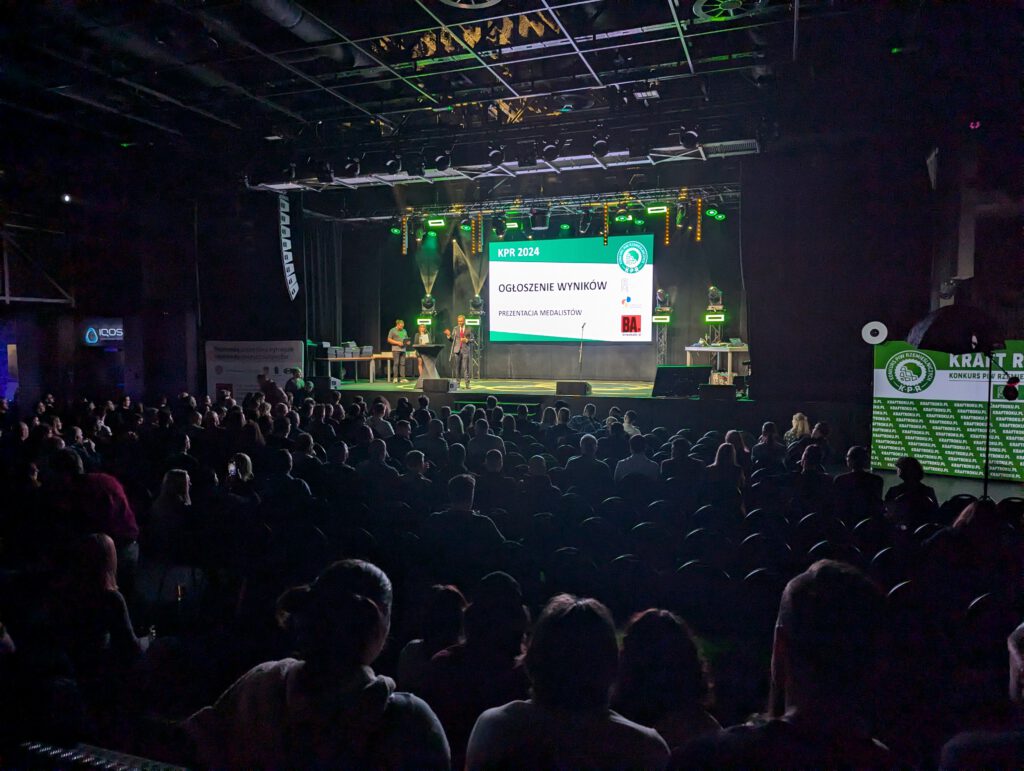
We stayed at the party afterwards as long as we could, but eventually needed to leave because we had to catch our train back the next morning.
Overall, Sympozjum Piwowarów was an excellent event. Lots of very good presentations (though I couldn’t exactly understand many of them), lots of interesting people to meet, and just an expression of how active and enthusiastic the Polish craft beer scene is. As a friend of mine noted, in Germany you either have a very academic-industrial approach to beer, or you have the home-brew scene, but nothing in between. Well, this symposium exactly filled that “in between” gap.
(full disclosure: both train journey and hotel were paid for by the Sympozjum Piwowarów organisers for me and my wife)

